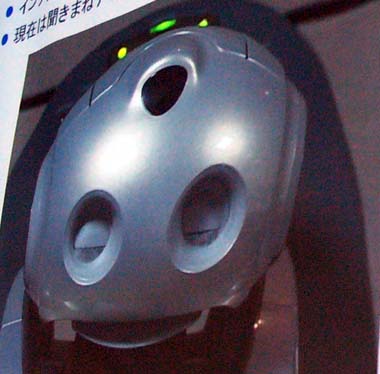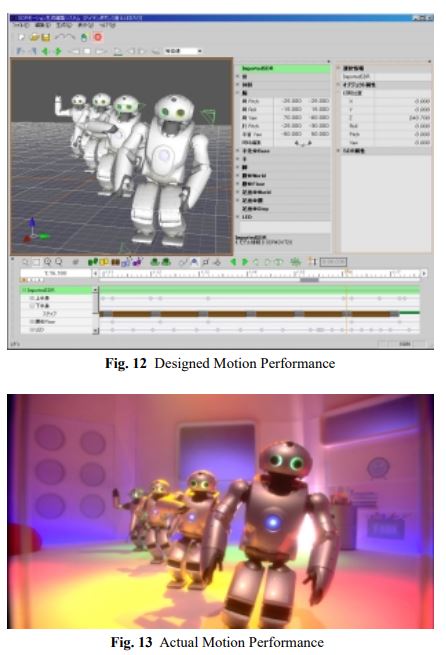A Qrio that Blinks

From 2004 to 2006, Sony held a yearly conference called Intellegent Dynamics (インテリジェンス・ダイナミクス). In 2004, several university professors and internal Sony researchers showed off behaviors on Qrio using recursive neural networks and Hidden Markov Models. In 2005, researchers showed off Qrio learning from human demonstrations to hit a bell, roll a ball, imitate speech, and stack blocks. For the experiment in mimicking human speech, Qrio was modified to have a moving mouth and movable eyelids.

In 2006, Qrio demonstrated unstacking a tower of bricks, rolling a miniature bus, sliding down a slide, rocking on a rocking horse, and even walking using a central pattern generator.
An excerpt from Boston Dynamics website retrieved from the Internet Archive’s Wayback Machine, mentions that Sony partnered with Boston Dynamics to modify its physics based human simulator, DI-Guy, to help test robot hardware design, control, and behaviors. In Motion Creating System for A Small Biped Entertainment Robot, the acknowledgements section mentions that the “SDR Motion Creating System” software was developed in collaboration between Sony and Boston Dynamics, specifically mentioning Bill Blank, Patrick Mayeux, Robert Playter, and Marc Raibert in the 2003 IEEE publication.

In an article published on techradar in January of 2022, journalist Lance Ulanoff asked Marc Raibert about a cost reduced version of Spot. In his response, Raibert mentioned that Boston Dynamics “worked for years with Sony on AIBO making ones that you’ve never seen that are more capable.”
